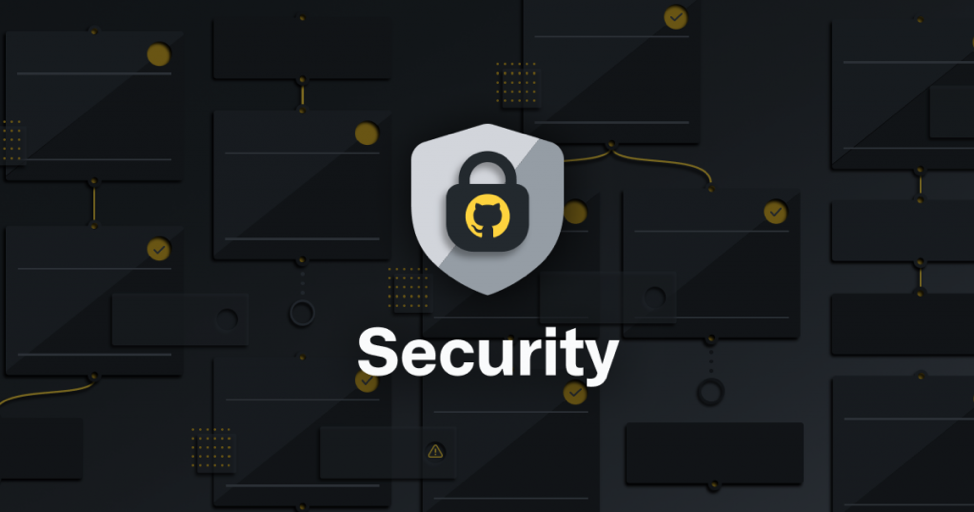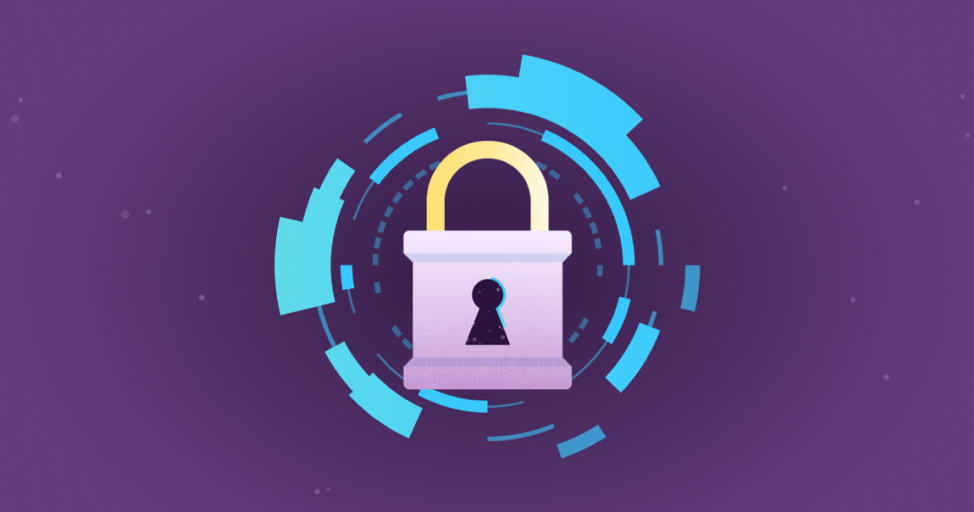To increase the security of the Windows Server (Windows VPS), vulnerabilities in the environment and applications must be identified and then fixed.
For this purpose, a list or so-called security checklist is prepared that network administrators execute all its clauses one by one.
Windows Server security checklist items are actually settings or arrangements that must be applied to the operating system.
Checklist items are not always the same for all organizations/companies but vary depending on the tasks, policies, and priorities of each organization/company.
By preparing a detailed checklist and then executing its clauses correctly, the security of Windows VPS and, consequently, the security of the network and the organization can be improved.
Of course, upgrading Windows Server security alone is not enough.
Network administrators must also have a comprehensive plan for securing clients and network infrastructure, which is beyond the scope of this article.
The following is a summary of Microsoft’s recommendations on the importance of network security and Windows Server security features.
Then, for more familiarity with the content of Windows VPS security checklists, an example of them will be quoted from the Netwrix website.
Why Is Windows Server Security Checklist Important?
Microsoft says the level of security of an organization affects all members and affiliates of that organization. Lack of security is dangerous for organizations.
Sometimes a security attack disrupts or stops all the day-to-day operations of the company/organization. The sooner you notice an attack, the better you can counteract it and reduce its effects.
Hackers and cyber attackers usually start their work with research. They first find vulnerabilities in your network or work environment and then attack.
After the attacker has penetrated the environment (in various ways), he/she seeks ways that bring him closer to his target in a way called lateral movement.
For example, an attacker may try to increase their access level so that they can take control of the organization within a short period of time (usually 24 to 48 hours after the first intrusion).
Your goal in preparing and executing the Windows VPS Security Checklist is to identify and respond to such attacks as soon as possible.
The later the attacker is identified, the more damage he can do and the harder it is to get him off the net.
By running Windows Server security checklist clauses, you try to increase the time it takes an attacker to take control of the network from a few hours to a few weeks or even months.
The longer this time, the more likely it is to detect an attacker, so you will have more time to thwart the attack.
To do this, you must stop the attacker from moving gradually and increase the security of your systems.
You can then detect the attack by upgrading to various warning signs and responding to the attack by removing damaged identities and systems.
The next section of the article focuses on how it can be difficult for an attacker to gain more permissions and roam the web, and detect attacks earlier.
Microsoft Tips For Increasing Windows Server Security And Detecting And Preventing Attacks
Windows Server, and especially the 2016 and 2019 versions, have native security capabilities that help boost the operating system and detect malicious activity.
Here are some of Microsoft’s recommendations for improving Windows Server security and making the most of the operating system’s capabilities.
Build The Foundation Of Your Work Safely
Windows Server has a secure configuration. If you want to stay safe, be sure to keep it up to date, back up your data.
And configure Windows Server security settings based on Microsoft recommendations and your organization’s security standards.
Do Not Miss The Latest Windows VPS Security Updates
Microsoft regularly releases updates and patches for its operating systems, including Windows Client and Windows Server.
Some of these updates are security-friendly and protect the Windows server from newly discovered threats and vulnerabilities.
Some updates are also dedicated to Windows Defender security software to detect new malware and spyware.
Configure Windows Server Security Settings
All versions of Windows have security settings. Windows security settings help make your computers more secure.
Based on its security recommendations, Microsoft publishes the security minimums required by companies/organizations.
These recommendations are the result of real-world security experiences gained through collaboration with US business and government agencies.
Windows Server Security Minimums include features such as the suggested settings for Windows Firewall, Windows Defender, and other security settings.
Back up Your Information And Systems
You should back up your Windows Server operating system at regular intervals, including applications and data stored on it.
This reduces the effects of ransomware attacks on Windows Server. Backup should be done regularly so that information can be easily retrieved in the event of a ransomware attack.
If you want to make backups in the physical location of your collection, you can use solutions like System Center Data Protection Manager.
You can also use Microsoft Azure Backup Server for cloud backup. Microsoft partners have also provided other products for backup.
Management And Monitoring Using the Operations Management Suite
The Operations Management Suite, also known as OMS, helps you manage and protect your physical and cloud infrastructure.
This solution is implemented as a cloud service and you can start managing your applications, services, and infrastructure at the lowest additional cost.
In addition, OEM is constantly updated with new features and significantly reduces the cost of ongoing maintenance and upgrades.
Protecting Privileged Identities
Privileged identities are accounts with high-level access permissions.
For example, users who are members of the Domain Admins group, local administrators, or even Power Users are considered privileged entities.
Accounts that have direct permissions for important tasks can also be considered privileged entities.
Entities such as backing up, shutting down the system, or other permissions listed in the User Rights Assignment group in the Local Security Policy console.
You must protect privileged entities from attack. So first you need to know how privileged entities are damaged so that you can then plan to protect them from attackers.
How Are Privileges Being Harmed?
Privileged entities are often harmed when organizations do not have guidelines to protect them.
For example, the following ill-considered actions are among those that endanger privileged entities:
- Over-licensing:The level of user access to the network should only be optimized to be able to do their job, and no more.
But one of the most common network security issues is that users are given more access than they really need.
For example, a user who manages DNS may be granted an Active Directory Management License.
Usually, the reason for multiple licenses is that network administrators do not want to configure different levels of management.
But this is dangerous because if an attacker accesses such an account, he will gain several important permissions at the same time. - Login, always with high-level permissions:Another common security mistake is that users can use high-level permissions indefinitely. This mistake is common even among verse professions.
They also sometimes log in to their desktop computers with premium accounts, work with the same account, and browse their regular emails. - Research and Social Engineering:Most major threats begin with research on the organization and then move on through social engineering.
For example, an attacker could infiltrate reputable accounts (not necessarily high-level accounts) by forging (phishing) e-mails, and then use these valid accounts to further investigate the network and identify privileged accounts (with management licenses). - High-level accounts with high-level licenses:Attackers can access high-level accounts even with a regular account without high-level licenses.
One of the most common methods for this purpose is to use Pass-the-Hash or Pass-the-Token attacks.
Of course, attackers have other ways to infiltrate privileged accounts, as they are constantly finding new ways.
So be sure to arrange for users to log in to the network with the accounts that have the lowest level of access. This reduces the attackers’ ability to access privileged entities.


